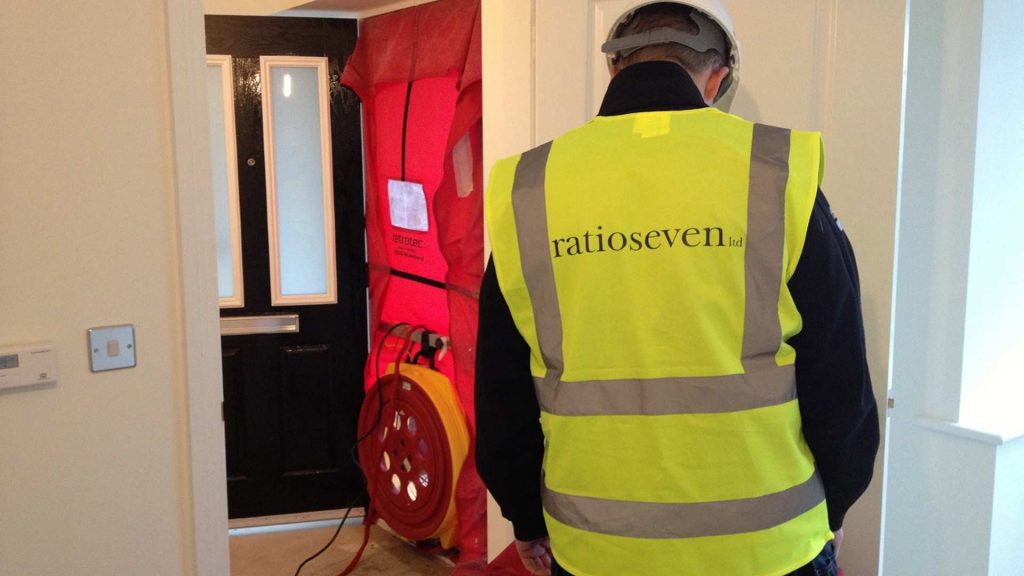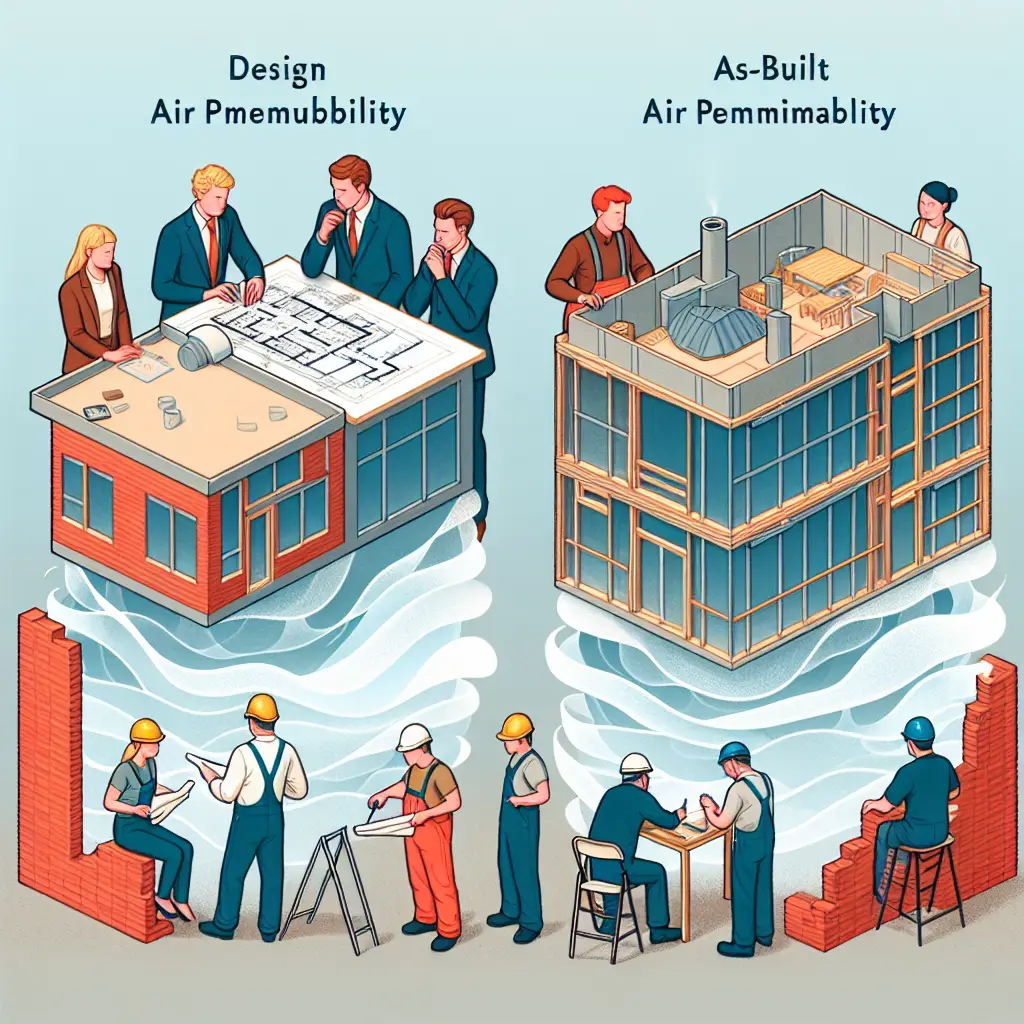We have been conducting air testing for many years and can give you a full, comprehensive report. We also offer building regulation advice, a low-pressure pulse method, and compliant EPCs.
Compliant EPC Certificates
Energy performance certificates, or EPCs, are required whenever a property is constructed, rented, sold, or leased. They tell you how energy efficient a building is and how much it costs to run. Typically, buildings are rated from A to G, with A being the most energy efficient. These certificates are calculated using the Standard Assessment Procedure, and provide a target for a proposed building’s energy efficiency.
Depending on your building’s age and energy efficiency, it may not appear to meet current legislation standards. However, with the help of an SAP calculation, your new building or extension can comply with regulations. The calculation will need detailed information about the construction details. This test is a simple but effective way to achieve a high EPC rating and make sure the quality of your building is high.
Air Testing in Nottinghamshire
When it comes to air pressure testing, one company that can provide quality results is Ratio Seven. We can perform air testing and provide SAP Calculations, On Construction Energy Performance Certificates and Approved Document L services.

Whether you are looking to renovate an existing property or plan to build a new home, we can help you achieve the results you need. Our consultants can help you make a decision on what changes are needed, and can even recommend changes you can make before the project starts.
Air pressure testing, also known as airtightness and air permeability testing, measures the uncontrolled flow of air from a building’s thermal envelope. The test results are used in the calculation of SAP and SBEM reports.
Building Regulations
One of the main purposes of a Building Regulations air testing (SAP) test is to ensure that the building meets airtightness standards. This is done using mathematical modelling, which compares the proposed building with a fictitious building with the same size, location, design, and energy use. This calculation can then be used to determine the target emissions rate, which measures the amount of carbon dioxide released by a building.
Using software, an assessor can check whether the proposed dwelling meets Part L requirements. They can also model various variations of the proposed design to identify any shortfalls. If there are shortfalls, the assessor should notify the designer and propose solutions to overcome them. The finalised design is then submitted to the client, who must approve it or seek further modifications.
Air Testing – Low-pressure pulse method
The Low-pressure pulse method for air testing is an alternative approach to measuring a building’s airtightness. It uses an innovative airtightness testing device called the PULSE test unit to release 1-3 bursts of compressed air into a building. Afterwards, the pressure response of the building is analysed to determine its air permeability.
The system consists of a self-contained air receiver unit, air compressor and touch screen control module. This air tightness test requires no penetration of the building fabric or blocking of doorways. The system was developed by the University of Nottingham and is now being commercially licensed. It is now accepted as a viable alternative to conventional air-tightness testing.
SAP Calculations Nottinghamshire
SAP calculations are used to ensure that new dwellings meet minimum energy performance standards (MEES). They are based on the pre-determined design of a dwelling. The SAP calculation is also known as a Predicted Energy Assessment and it provides a rating of the energy performance of a building against Part L of the building regulations.
Most newly built dwellings are required to have an Air Pressure Test before the final building certificate can be issued. The results of this test are then supplied to the assessor who then edits the SAP Calculation and ensures that the completed dwelling is compliant with Part L.
If you are planning to rent or sell a property, an energy assessment is an essential step. An EPC is a legal requirement for selling or renting residential properties in the UK.
It rates the property from A (best performance) to G (worst performance) based on its energy efficiency and environmental impact.
Areas covered in Nottinghamshire include:
Arnold | Beeston | Bingham | Bircotes | Bulwell | Carlton | Cotgrave | Eastwood | Harworth | Hucknall | Kimberley | Kirkby-in-Ashfield | Mansfield | Netherfield | Newark-on-Trent | Nottingham | Ollerton | Retford | Southwell | Stapleford | Sutton-in-Ashfield | Tuxford | Warsop | West Bridgford | Worksop




